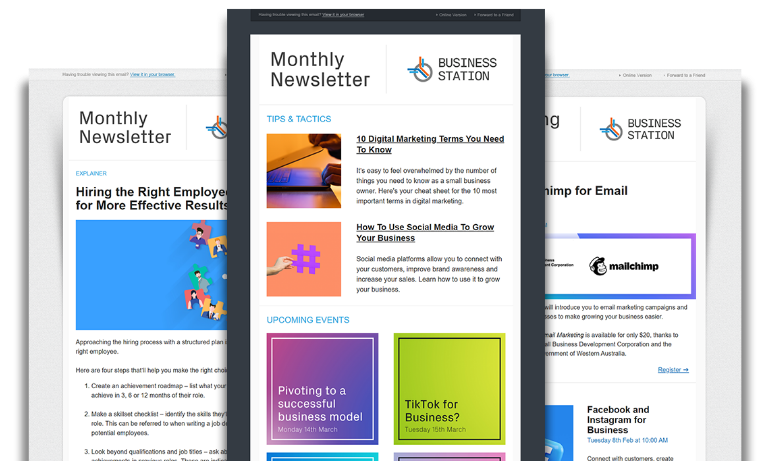Let’s be honest: running a business is like being the captain of a ship in stormy seas. Sometimes you’ve got smooth sailing, and other times—well, you’re battling waves the size of a small skyscraper, and your compass is spinning like it’s had one too many drinks. And just when you think you’ve got things under control, life throws a curveball. Or worse, a whole cricket match full of curveballs! ( cricket and baseball analogies swinging ball doesn’t cut it like a curve ball for getting message across).
Now, I’m not talking about the usual “oh, we’re out of coffee” type of problems. I mean those real, “How did this even happen?” moments. Like decisions made three years ago that come back to haunt you or a global pandemic that shuts down everything overnight. Fun times, right?
The Curveballs of Life (and Business)
Whether it’s a decision from 2018 that suddenly bites you, a surprise bill that you didn’t see coming, or a major client who disappears like a magician’s rabbit, life has a way of sneaking up on your business when you’re least expecting it. And let’s not even get started on the external stuff—market crashes, supply chain disasters, or your top employee deciding to become a professional beach bum in Bali. The universe loves to test our resilience, it seems.
But here’s the thing: it’s not if something goes wrong; it’s when. Change isn’t just possible, it’s practically guaranteed. It’s like death, taxes, and Wi-Fi dropping out when you need it most or banks closes in every suburb!
What’s a Contingency Plan, Anyway?
In simple terms, a contingency plan is your business’s version of a rainy-day umbrella. It’s the backup plan, the escape hatch, the “just-in-case” strategy you didn’t think you’d need—but trust me, you will. And when the curveballs start flying, you’ll be glad you had one.
Think of it like this: when you go on a road trip, you don’t just pack the map and the snacks, right? You bring a spare tyre (because potholes happen), maybe a first aid kit, and a playlist to keep the morale high when the GPS inevitably leads you into the middle of nowhere. It’ll be one of those days when Spotify decides the downloads load either. In business, a contingency plan is all of that and more.
Financial Management: Keeping the Ship Afloat
Let’s start with the basics—money. It’s easy to think everything’s fine when the revenue is rolling in, but what happens when the tides shift? Maybe you made a major investment a while back, and now you’re wondering, “Was that a brilliant move or a costly mistake?” Financial contingency planning is about having enough reserves to weather the storm. Imagine it’s a stormy day, and instead of panicking, you calmly sip your coffee, knowing you’ve set aside enough to keep the ship afloat until the sun shines again.
Risk Mitigation: Dodging the Icebergs
Business is full of risks—some you see coming, others, well, not so much. Maybe it’s a lawsuit you didn’t anticipate, or an unexpected regulatory change that hits harder than that leftover curry you ate for lunch. A good contingency plan helps you assess these risks early on, allowing you to avoid, or at least minimise, the impact. It’s like having a radar system for your business, spotting those metaphorical icebergs before you hit them. As we know there is more ice under the sea than above.
Disaster Recovery: When the Storm Hits
Okay, so what if the storm hits and your ship takes on water? Disaster recovery is your emergency flotation device. It’s not just about bouncing back, but bouncing back quickly. Whether it’s a natural disaster, cyber-attack, or a major supply chain disruption, your ability to recover depends on the plan you had in place before things went south.
It’s like that old saying: “Hope for the best, prepare for the worst.” Except in business, it’s more like, “Expect the unexpected and plan for the ridiculous.” Not always easy when your trying to stay afloat and capture every dollar that rolls in the door.
Dealing with Decisions from the Past
Here’s a little secret: past decisions have a sneaky way of catching up with you. That supplier you chose five years ago because they gave you a great deal? Now they’re three weeks late on every delivery. Or that tech system you invested in? Outdated. It happens to the best of us. The key is being flexible enough to adjust. Change is inevitable, but your response to it doesn’t have to be reactive—it can be proactive.
Embrace the Chaos (with a Plan)
So, what’s the moral of this story? Be prepared. Have that contingency plan ready, even if you think you won’t need it. Because when life throws you a curveball (and it will), you’ll be in a much better position to catch it—or at least duck.
Running a business means being ready for anything—whether that’s a global event no one could predict, or just a regular Tuesday where everything goes wrong. And the best part? Once you have a contingency plan in place, you can laugh at those curveballs, knowing you’ve got it covered.
Well, maybe not laugh right away. But definitely smile—eventually.




